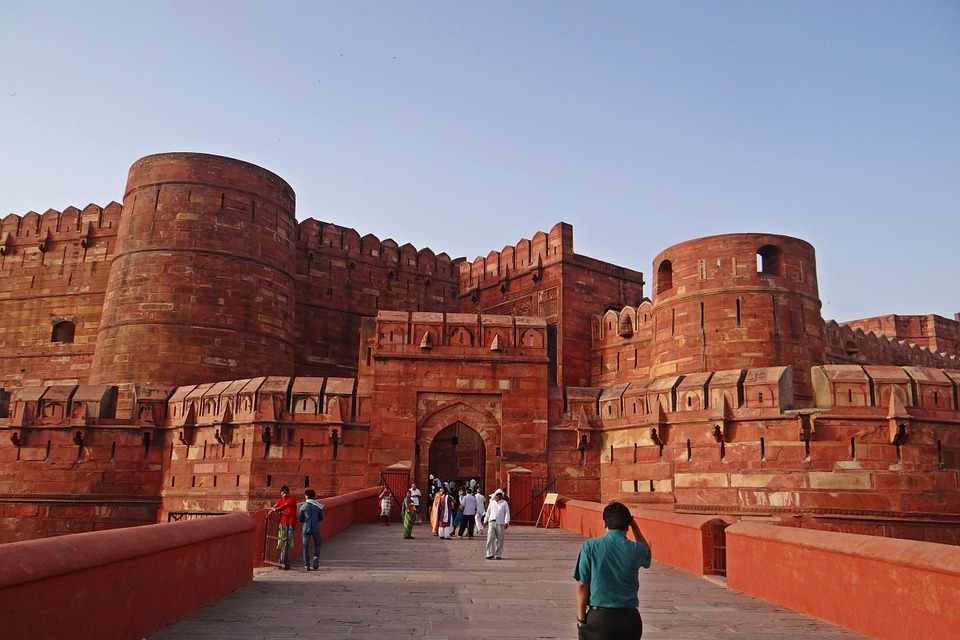World Heritage Day- Its Significance
A heart pierced by an arrow with initials written on both sides, mobile numbers, obscene statements and other such weird drawings are the usual sights one sees while on a visit to any of the age old structures in the city. The already dilapidated monuments due to neglect of the concerned authorities have been further ruined by the callous attitude of the people visiting them. The scribbled walls and the red painted corners due to spitting of tobacco are enough for turning away the tourists.
As we celebrated the World Heritage Day on April 18, it is time to refocus on these issues which have time and again been raised by activists but lost their shine with the passage of time. India, home to 32 UNESCO World Heritage Sites, has many more such sites in need of the tag. The tag brings with itself a number of benefits. Besides increasing the tourism potential of the site, it brings global attention towards the need for the maintenance and preservation of the sites. Many a times the government, due to lack of resources, is not able to maintain these sites. So the UNESCO comes to its rescue and provides the necessary funding for the restoration and preservation of these monuments and sites. The biggest example at hand is the 6th century Buddha statue of Bamiyan in Afghanistan which was blown up by the Taliban in 2001 and has since then received millions of dollars in aid from the UNESCO. Strict rules and penalties are also required to prevent the locals from defacing the walls for their display of love and affection.
These monuments and sites are a part of our cultural heritage and a reflection of our glorious past. Every effort should be taken not just by the authorities concerned but also by the citizens as well as visiting tourists to maintain these expressions of our past so that our future generations are not deprived of this legacy.
Apart from monuments and sites, there are a number of cultural expressions in our society which are intangible. Social practices, traditions, art, craft, music, dance, sports, instruments and a number of such forms which do not have a physical form, form a part of our intangible cultural heritage.They have evolved over thousands of years and are still performed or being followed in various parts of the country. These intangible aspects are also promoted by UNESCO is evident from the theme for this year which is “The Heritage of Sports”. Sports have been associated with human beings from time immemorial. The quadrennial Olympic games played till this date are inspired from the ancient Olympics played in Greece since 776 B.C which continued for over 12 centuries. Various games are inspired from daily activities of the ancient people and have evolved over time. Archery, wrestling and other ancient sports are even found carved on ancient caves which shows the significance the ancient people attached to sports.
Also read: Know India Programme for Diaspora Youth
Sahapedia, an online portal, is slated to be a milestone in bringing to light the yet unnoticed aspects of Indian culture which includes both tangible as well as intangible cultural heritage. An interactive platform, it will allow everyone to contribute their knowledge regarding their local traditions and lifestyles and will be a rich repository of information on both Indian as well as South Asian heritage.
More such steps are needed to preserve and promote our national cultural heritage which represent not just the famous kingdoms and ruling classes but also the people at the grassroots who have contributed immensely in the shaping up of this heritage. This will be a gift to posterity!!











